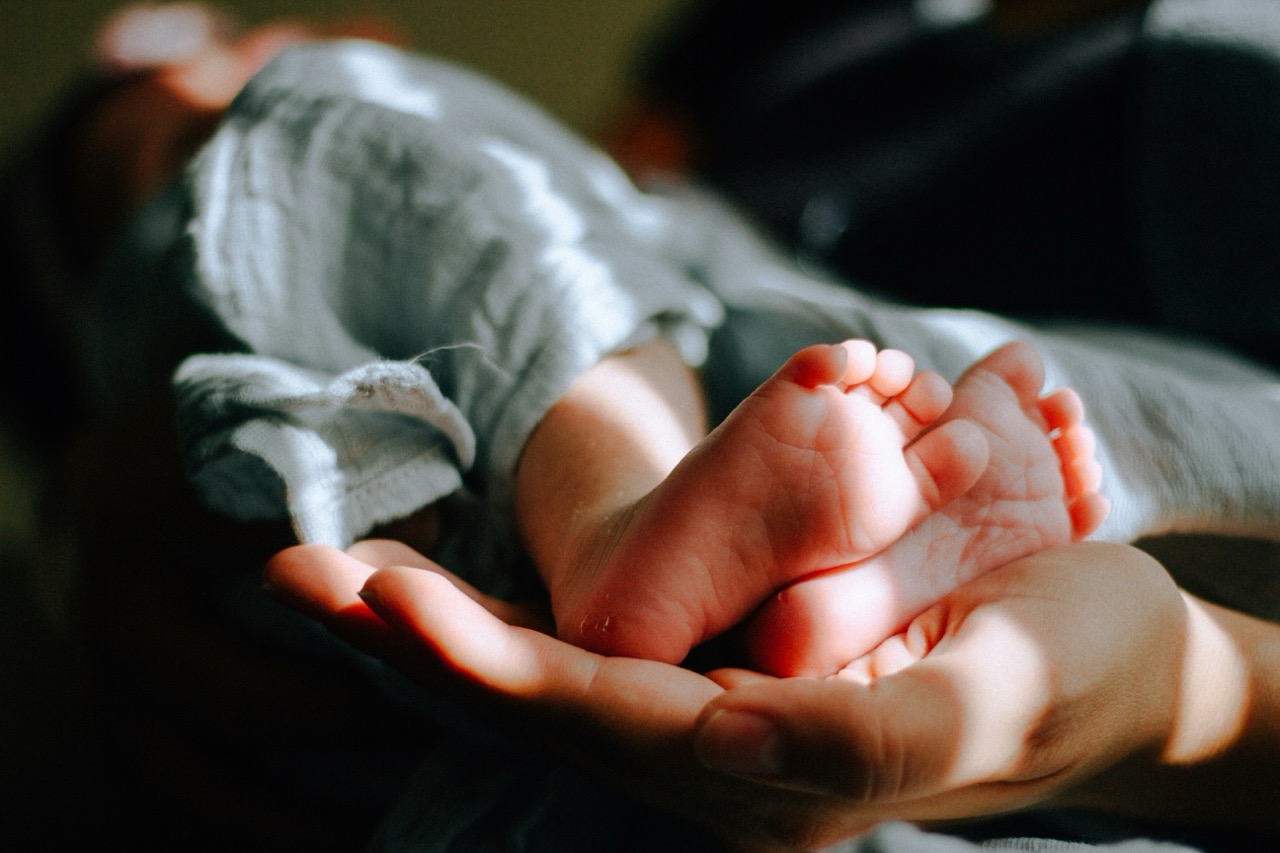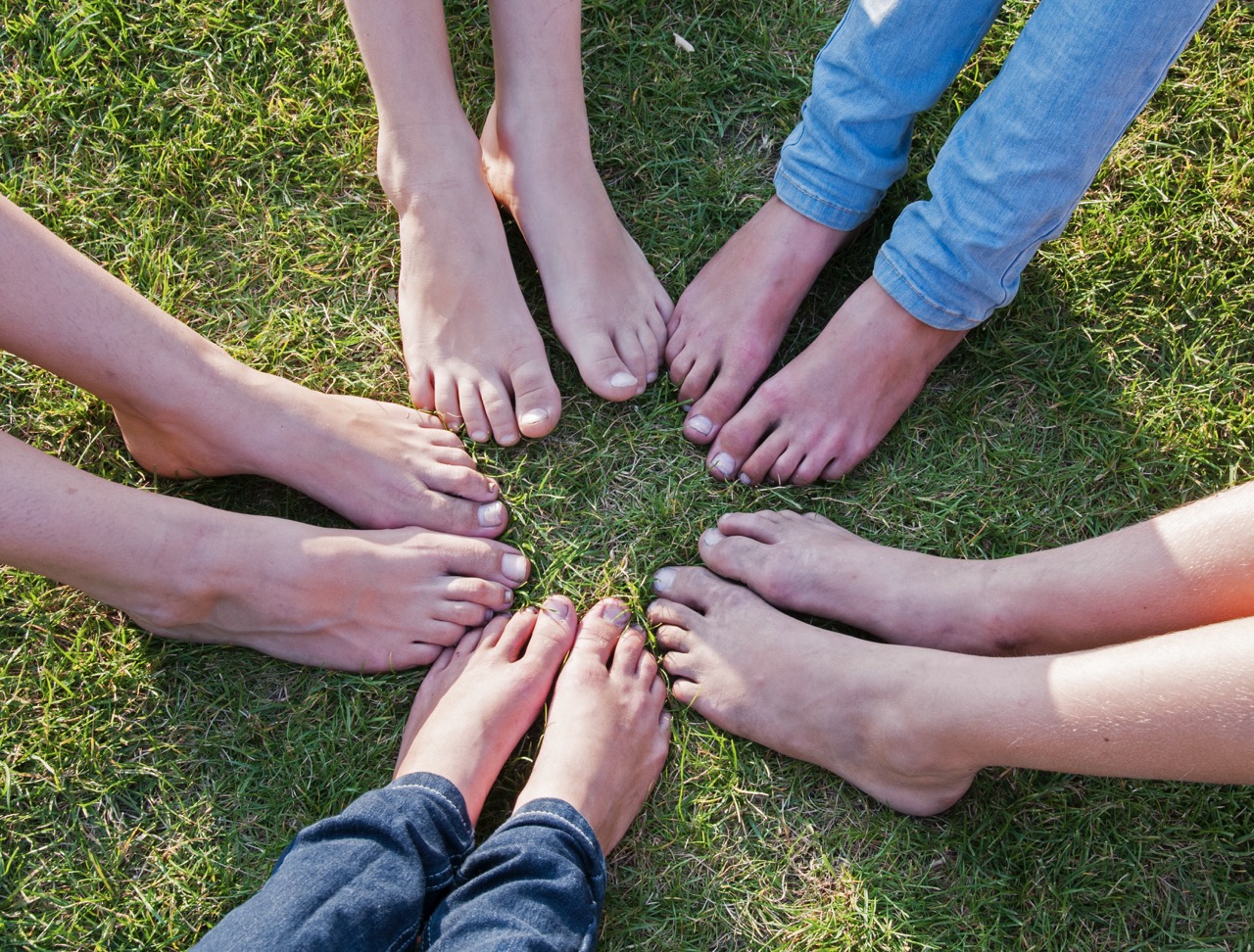How Are Feet Represented In Reflexology Practices?

Reflexology is a therapeutic practice that emphasizes the interconnectedness of different body systems through specific reflex points, primarily located on the feet. This holistic approach not only promotes relaxation but also aims to enhance physical and emotional well-being. By stimulating reflex zones on the feet, practitioners assert that they can influence corresponding organs and systems throughout the body. In this article, we will explore the representation of feet in reflexology practices, highlighting the principles, anatomical mappings, techniques, and clinical evidence supporting this ancient modality.
Understanding the Basics of Reflexology and Its Principles
Reflexology is grounded in the belief that the body is a map, with specific areas corresponding to various organs and systems. This therapy, which dates back to ancient civilizations including the Egyptians and Chinese, operates on the principle that stimulating these areas can provoke healing responses in the related parts of the body. Reflexology is often characterized by its non-invasive nature, focusing on promoting relaxation, reducing stress, and restoring balance within the body.
At its core, reflexology is not merely a foot massage but a precise technique that requires a deep understanding of the body’s anatomy and energy flows. Practitioners employ gentle pressure on designated reflex points, aiming to promote better circulation, alleviate pain, and facilitate the body’s natural healing processes. By enhancing the flow of energy and removing blockages, reflexology seeks to foster a state of homeostasis, which is crucial for overall health.
The Anatomical Mapping of Feet in Reflexology Techniques
In reflexology, the feet are divided into various zones, each corresponding to specific body parts. The right foot typically represents the organs and systems on the right side of the body, while the left foot correlates to the left side. This bilateral representation allows practitioners to effectively target issues related to specific organs and systems through precise reflexology techniques.
Anatomical mapping involves not only the identification of reflex points but also an understanding of the underlying anatomical structures. For example, the toes relate to the head and neck, the ball of the foot corresponds to the chest and lungs, and the heel reflects the lower back and reproductive organs. By grasping these mappings, reflexologists can tailor their techniques to address particular health concerns, facilitating a more focused and effective treatment.
Key Reflex Zones: Identifying Major Areas on the Feet
Identifying key reflex zones on the feet is essential for effective reflexology practice. Major reflex points include the tips of the toes, which correspond to the head and neck, and the balls of the feet, representing the heart and lungs. The arch of the foot relates to the digestive organs, while the heel corresponds to the lower back and reproductive systems.
In addition to these primary reflex points, practitioners also recognize secondary zones that may influence overall health. For instance, the outer edges of the feet are associated with the lymphatic system, while the inner edges correspond to the spine. A thorough understanding of these reflex zones enables practitioners to create more comprehensive treatment plans, addressing multiple health issues in a single session.
The Connection Between Foot Reflexes and Body Organs
The connection between foot reflexes and body organs is a fundamental principle in reflexology. Each reflex zone on the feet is thought to have a direct link to specific body organs, allowing practitioners to treat ailments by applying pressure to these areas. For instance, stimulating the toe reflex points may relieve headaches, while targeting the arch can aid in digestive issues.
This mind-body connection extends beyond mere physicality, as reflexology also aims to evoke emotional and psychological healing. Stress and emotional blockages often manifest physically, and by addressing the reflex points related to emotional health, practitioners can aid in releasing these blockages, promoting mental clarity and emotional resilience.
Techniques and Tools Used in Reflexology Foot Practices
Reflexology employs various techniques to stimulate reflex points effectively. Common methods include thumb walking, where the practitioner uses their thumbs to apply steady pressure along reflex zones, and finger pressure, which is used to target smaller reflex points. These techniques can be adjusted based on the client’s comfort level and specific health needs.
In addition to manual techniques, reflexologists may utilize tools such as reflexology boots, wooden sticks, or specialized massage tools to enhance the treatment. These tools can provide deeper pressure and help reach areas that may be difficult to access with hands alone. The choice of technique and tools is tailored to each individual, ensuring a personalized experience that addresses unique health concerns.
Clinical Evidence Supporting Reflexology Foot Treatments
Research into the efficacy of reflexology has grown over the years, with numerous studies exploring its impact on various health conditions. Clinical evidence suggests that reflexology can provide significant relief for conditions such as chronic pain, anxiety, and stress management. Systematic reviews have indicated positive outcomes, particularly in pain reduction and improvements in quality of life for patients undergoing reflexology treatment.
While reflexology is not intended to replace conventional medical treatments, it is increasingly recognized as a complementary therapy that can enhance conventional care. By integrating reflexology into treatment plans, healthcare providers may improve overall patient outcomes, providing a more comprehensive approach to health and wellness.
Reflexology Foot Sessions: What to Expect During Treatment
A reflexology foot session typically begins with a consultation to assess the client’s health history and specific concerns. The practitioner may then perform a thorough examination of the feet, identifying areas of tension or sensitivity. Following this initial assessment, the treatment involves a series of techniques targeting the reflex zones, tailored to the client’s individual needs.
During the session, clients can expect a soothing environment, often enhanced by calming music or aromatherapy. Most individuals experience deep relaxation during the treatment, which may include sensations of warmth or tingling as pressure is applied to reflex points. Sessions generally last between 30 to 60 minutes, allowing ample time for thorough treatment and relaxation.
Integrating Reflexology into Holistic Health Practices
Integrating reflexology into holistic health practices can enhance overall well-being and foster a more balanced lifestyle. As a complementary therapy, reflexology aligns well with other holistic approaches such as acupuncture, chiropractic care, and massage therapy. By addressing the body as a whole, practitioners can create a more effective and cohesive treatment plan that considers physical, emotional, and spiritual health.
Moreover, reflexology encourages self-care and mindfulness practices, promoting a deeper awareness of personal health and wellness. Clients can be empowered to incorporate reflexology techniques into their daily routines, enhancing their ability to manage stress, alleviate discomfort, and maintain overall health. This synergistic approach to health underscores the importance of holistic practices in achieving optimal wellness.
In conclusion, reflexology offers a unique perspective on health and wellness through the representation of feet in its practices. By understanding the anatomical mappings, key reflex zones, and the connection between foot reflexes and body organs, practitioners can deliver tailored treatments that address a variety of health concerns. With growing clinical evidence supporting its effectiveness, reflexology serves as a valuable complement to traditional medical practices, integrating seamlessly into holistic health approaches. As awareness and appreciation for reflexology continue to expand, the benefits of this age-old practice will likely become increasingly recognized in the realm of modern healthcare.




